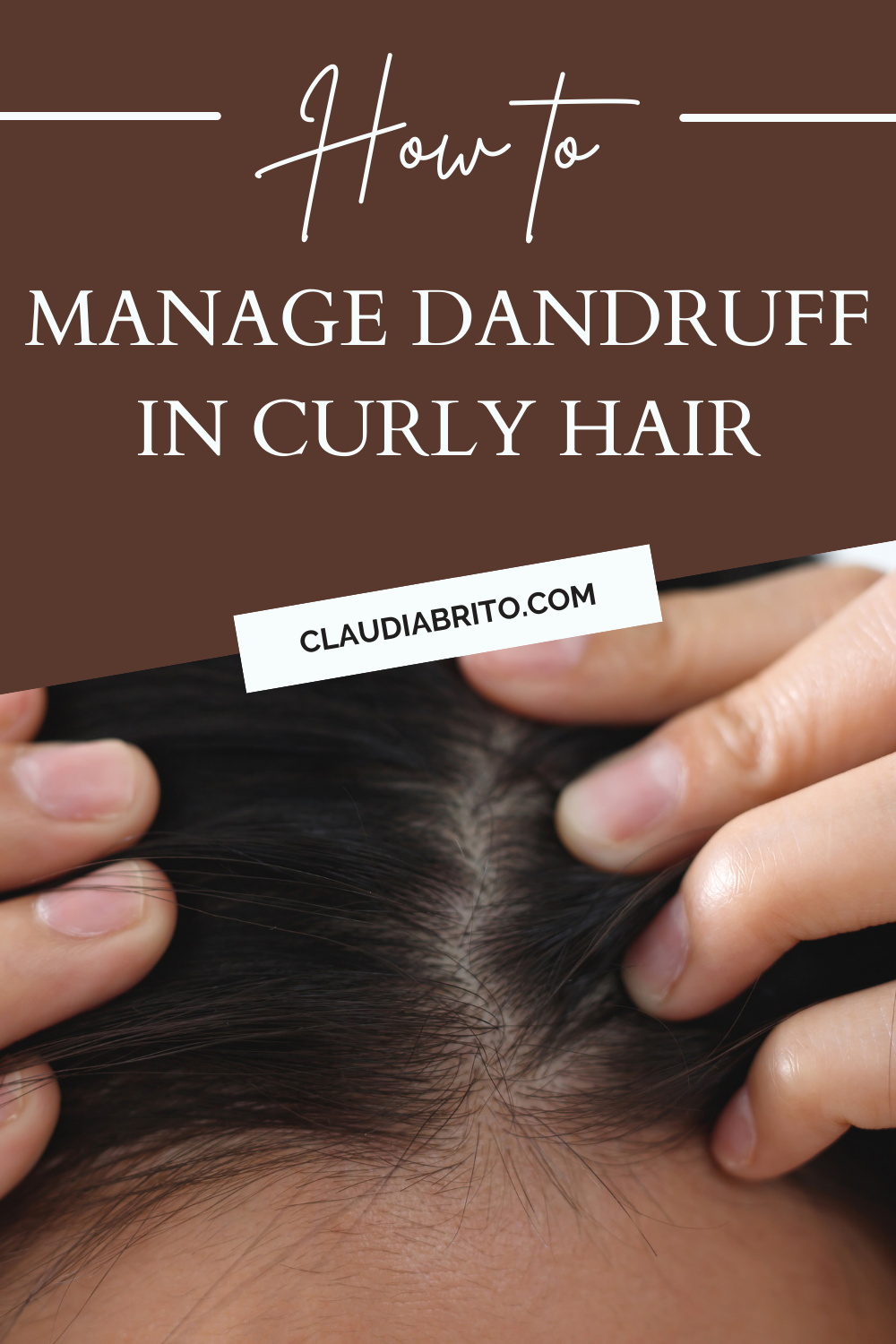Transitioning from relaxed hair to natural hair is a beautiful journey that requires patience, dedication, and the right techniques. If you’re ready to embrace your natural texture, this comprehensive guide will help you navigate the process smoothly while keeping your hair healthy and vibrant.

Protective Styling: Shielding Your New Growth
Protective hairstyles are essential for minimizing manipulation and protecting your new growth. These styles allow you to tuck away the two textures and avoid excessive combing or detangling, which can lead to breakage at the line of demarcation. Here are some excellent protective styling options:
- Braids: Box braids, cornrows, and other braided styles.
- Wigs and Weaves: Versatile options that can protect your hair underneath.
- Twists: Two-strand twists, flat twists, and similar styles.
- Buns and Updos: Simple yet effective in keeping hair secure.
- Crochet Braids/Locs: Great for a natural look while protecting your hair.
Regular Trimming: Maintaining Healthy Hair
As your natural hair grows, the line of demarcation where the two textures meet becomes more pronounced. Regular trims (every 6-8 weeks) are crucial to gradually remove the straight ends and blend the textures. This helps prevent excessive tangling and the formation of knots.
Deep Conditioning: Nourishing Your Strands
Your new natural hair is likely drier and more porous than your relaxed ends. Weekly deep conditioning with a rich, penetrating conditioner is vital to inject moisture into the strands. Focus the conditioner on the line of demarcation and the ends to ensure they remain hydrated and healthy.
Leave-In Conditioners: Locking in Moisture
Using a high-quality leave-in conditioner or curl cream on your wet hair helps seal in moisture and define your curls as they grow. Reapplying the leave-in conditioner daily keeps your hair hydrated and manageable.
Gentle Detangling: Minimizing Breakage
When detangling your hair, use your fingers or a wide-tooth comb instead of a brush. Start from the ends and gently work your way up to minimize breakage at the fragile line of demarcation.
Avoiding Heat: Protecting Your Delicate Strands
Excessive use of direct heat, like blow drying or flat ironing, can cause extreme damage during the transition. The new growth is very fragile. If you must use heat, always apply a heat protectant and keep heat styling to a minimum.
Scalp Care: Promoting Healthy Growth
A healthy scalp is the foundation for healthy hair growth. Keep your scalp clean and well-moisturized by washing it regularly with a gentle, sulfate-free shampoo. Use oils like jojoba, coconut, or castor oil to massage your scalp, which can stimulate blood flow and promote growth. Avoid heavy products that can clog your scalp’s pores.
Patience: Embracing the Journey
Transitioning takes time—up to two years for some. Don’t get discouraged. Celebrate each new inch of natural hair growth! This journey allows you to rediscover and embrace your natural texture.
Considering Your Options: Finding What Works Best for You
If you find the transition too difficult to manage, there’s no shame in doing the “big chop” and starting fresh with all-natural hair. Alternatively, you can opt for a long-term transition via braided styles until your relaxed ends grow out completely. The key is to have a plan, be gentle, keep your hair moisturized, and protect those delicate new curls as they grow.
Final Thoughts: Successful Transitioning
With time, patience, and the right techniques, you can successfully transition from relaxed hair to natural hair. Embrace the journey, care for your hair, and enjoy the process of rediscovering your natural beauty.
By following these tips and maintaining a consistent hair care routine, you’ll be well on your way to healthy, natural hair. Remember, every head of hair is unique, so find what works best for you and enjoy the journey!
YOU MIGHT ALSO LIKE
How to Choose the Best Hairstyle for Your Face Shape: A Comprehensive Guide
When choosing a hairstyle, it’s essential to consider your face shape to enhance your best features and create a balanced look. In this guide, we’ll explore the most…
4 min read
10 Quick & Easy Back-to-School Hairstyles for Busy Mornings
Mornings can be tough, especially when you’re rushing to get out the door in time for school. Between breakfast, packing your bag, and making sure you’ve got everything…
4 min read
Top 20 Trendy Teen Hairstyles: Easy and Stylish Ideas
Teen hairstyles are a big deal, and if you’re looking for the best teen hairstyles, this is the ultimate guide. Teen hairstyles are all about expressing personality, and…
4 min read
How to Manage Dandruff in Curly Hair: Expert Tips for a Healthy Scalp and Defined Curls
Curly hair and dandruff can often go hand-in-hand, with the unique structure of curly hair contributing to scalp issues. If you’re dealing with both unruly curls and dandruff,…
4 min read
Why Are Curly Hair Products So Expensive? Uncovering the Truth Behind the High Costs
Curly hair products often come with a premium price tag, leaving many wondering why and even myself. That’s why in this blog explores the factors that contribute to…
4 min read
9 Key Benefits for Conditioning Treatments for Curly Hair
Curly hair requires specialized care to maintain its health, definition, and shine. One of the most crucial aspects of curly hair care is the use of deep conditioning…
4 min read






